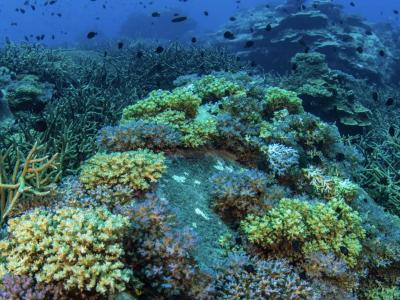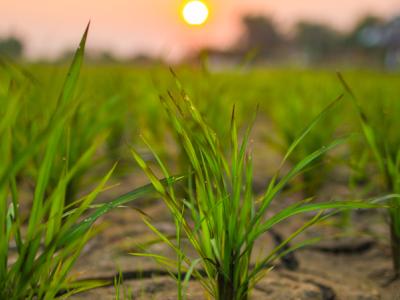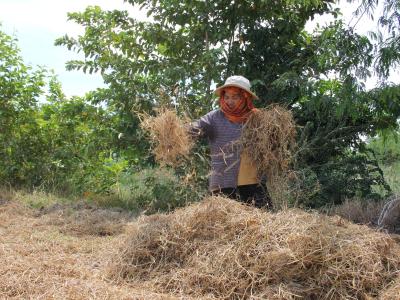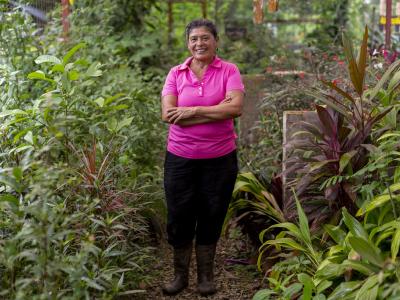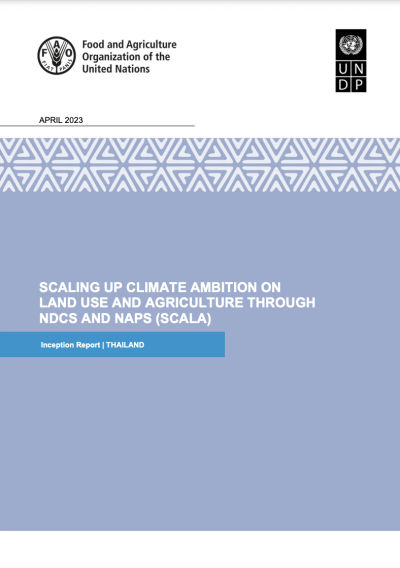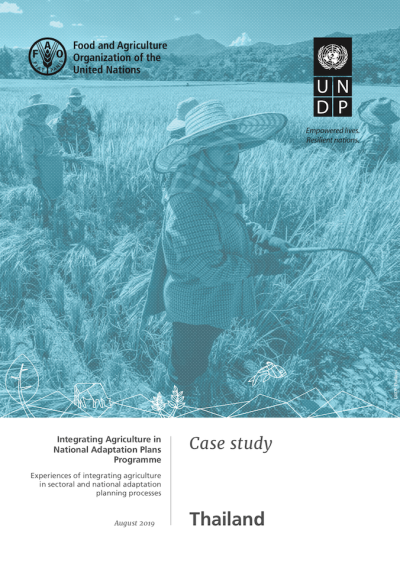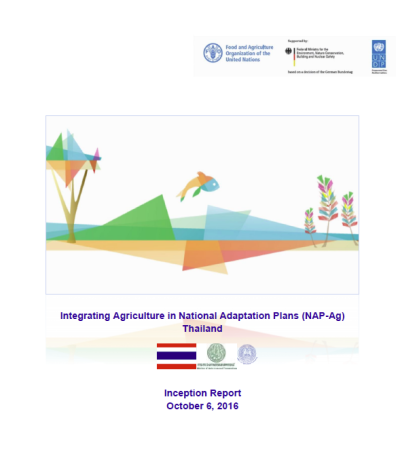Thailand
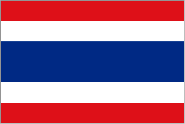
Sharing a northern border with Myanmar, Lao PDR and Cambodia, and a southern border with Malaysia, Thailand covers an area of 513,120 square kilometers and has a population of 66.7 million people (CIA, 2011). The country is situated in the South-Eastern region of Asia and lies between latitudes 5o40’ and 20o30’ N and longitudes 97o20’ and 105o45’ E. It is divided into five regions: North, Northeast, Central, East and South. The Northern region is generally mountainous and the Northeast is on a high plateau, whereas the Central region is relatively flat fertile land. The land in the East is highly fertile and has a long coast line. The Southern Peninsula consists of a narrow strip of land. Thailand is located in the Monsoon region, although there are three distinct seasons in Thailand: hot, wet and cool. The mean annual temperature is between 22-32 degrees celsius. Thailand has seen a marked increase in temperatures and changes in rainfall patterns over the past thirty years. Both of these changes have a significant effect on food production, particularly rice—the yields of which are essential to national food security (MSTE, 2000).Thailand’s long coastlines, fragile agriculture system and susceptibility to extreme weather events make it vulnerable to the effects of climate change.Thailand has a rapidly expanding economy which has led to a significant demand for energy. In order to adapt to climate change and address the increasing need for further energy Thailand has implemented a demand-side management program and an energy conservation program. For many of these resources it was concluded that more research was necessary to provide a sufficient basis to recommend adaptation options. The Global Environment Facility has provided funding to Thailand to enable it to launch national climate change strategies. Thailand is susceptible to extreme weather events such as tropical storms, floods and drought. The main natural resources in Thailand are the fishery resources, offshore oil supplies, fertile agriculture land in the central and eastern regions and the large areas of land covered in forests. There has been a problem with deforestation despite the government banning logging in 1989.

